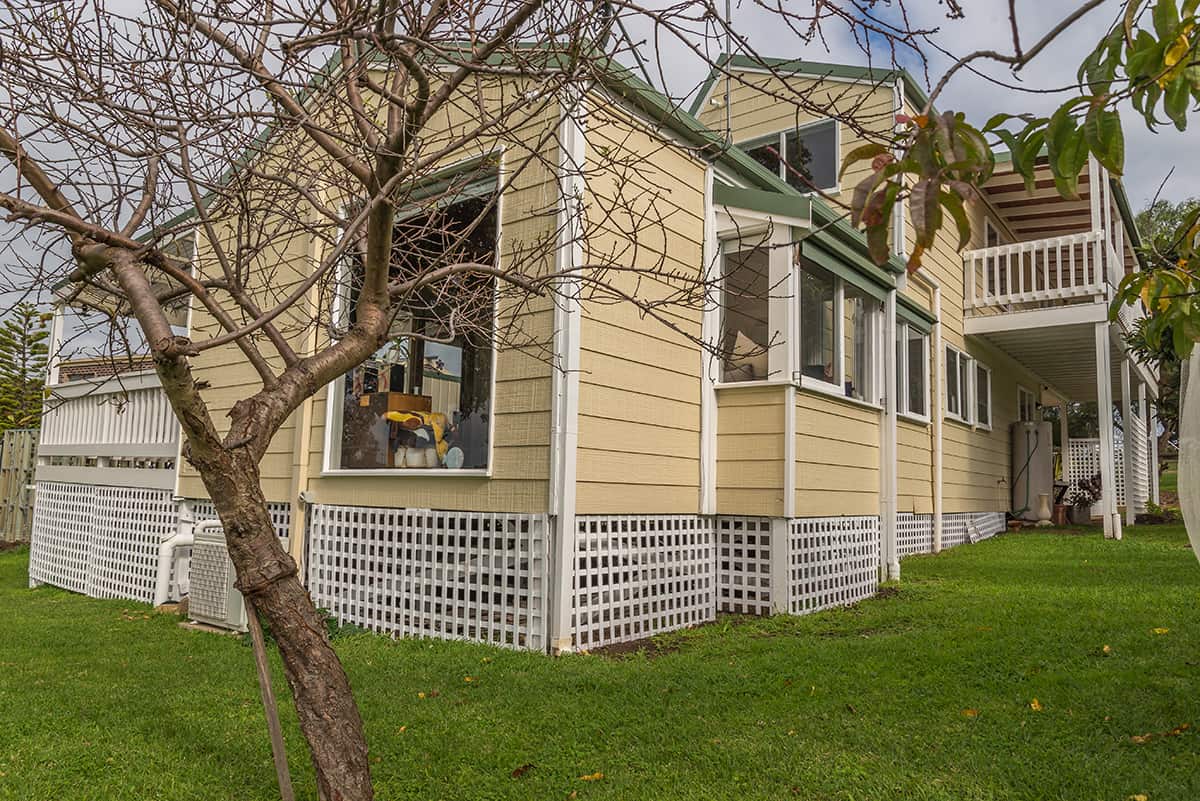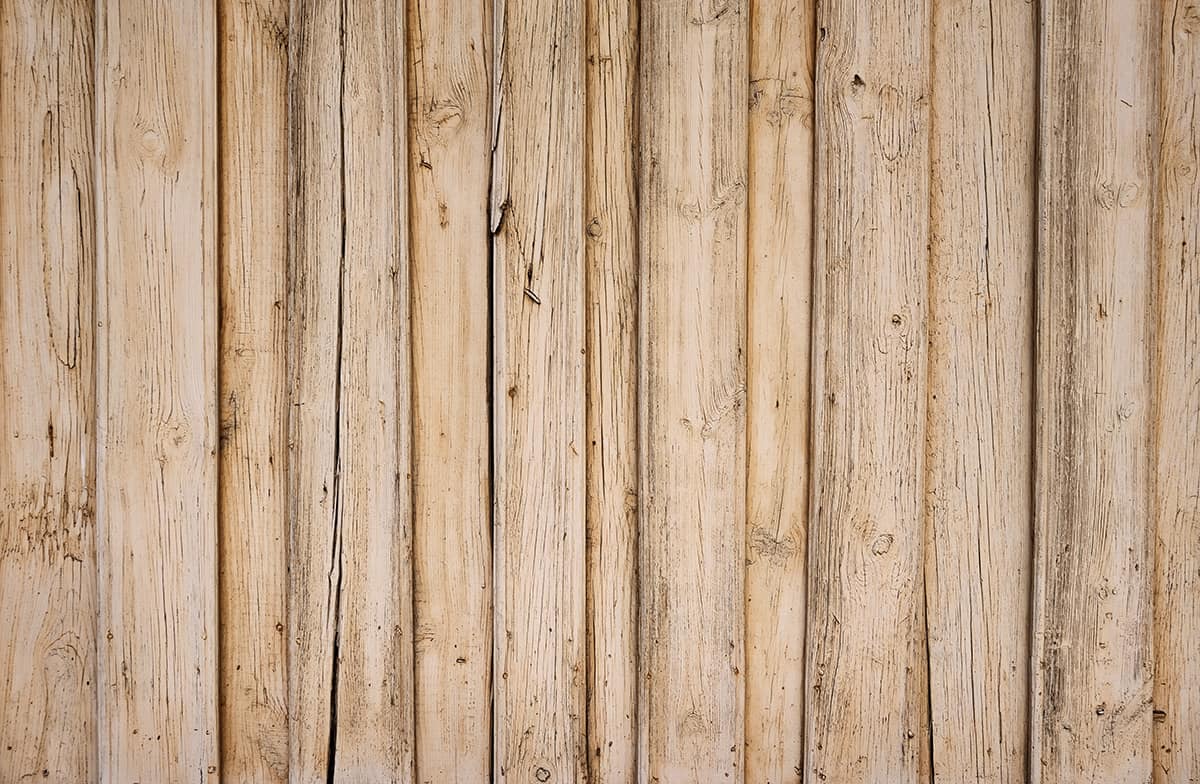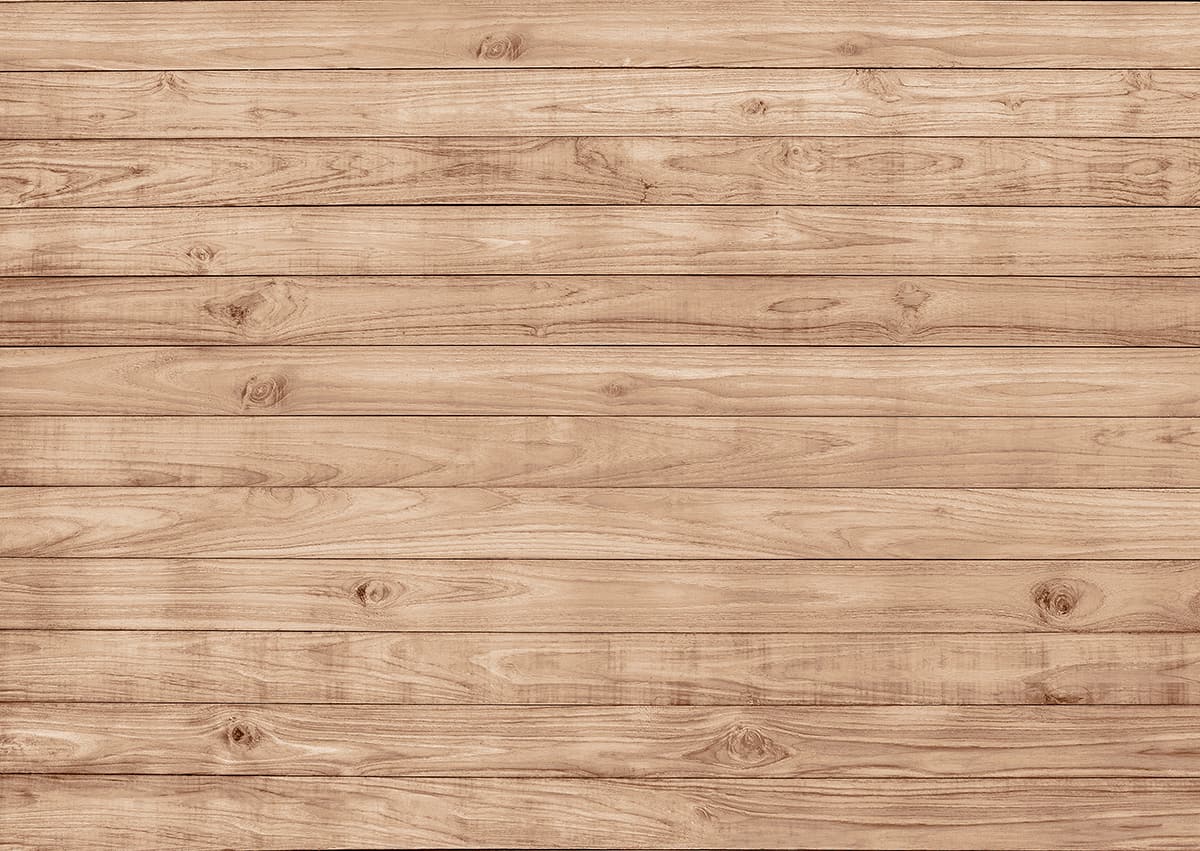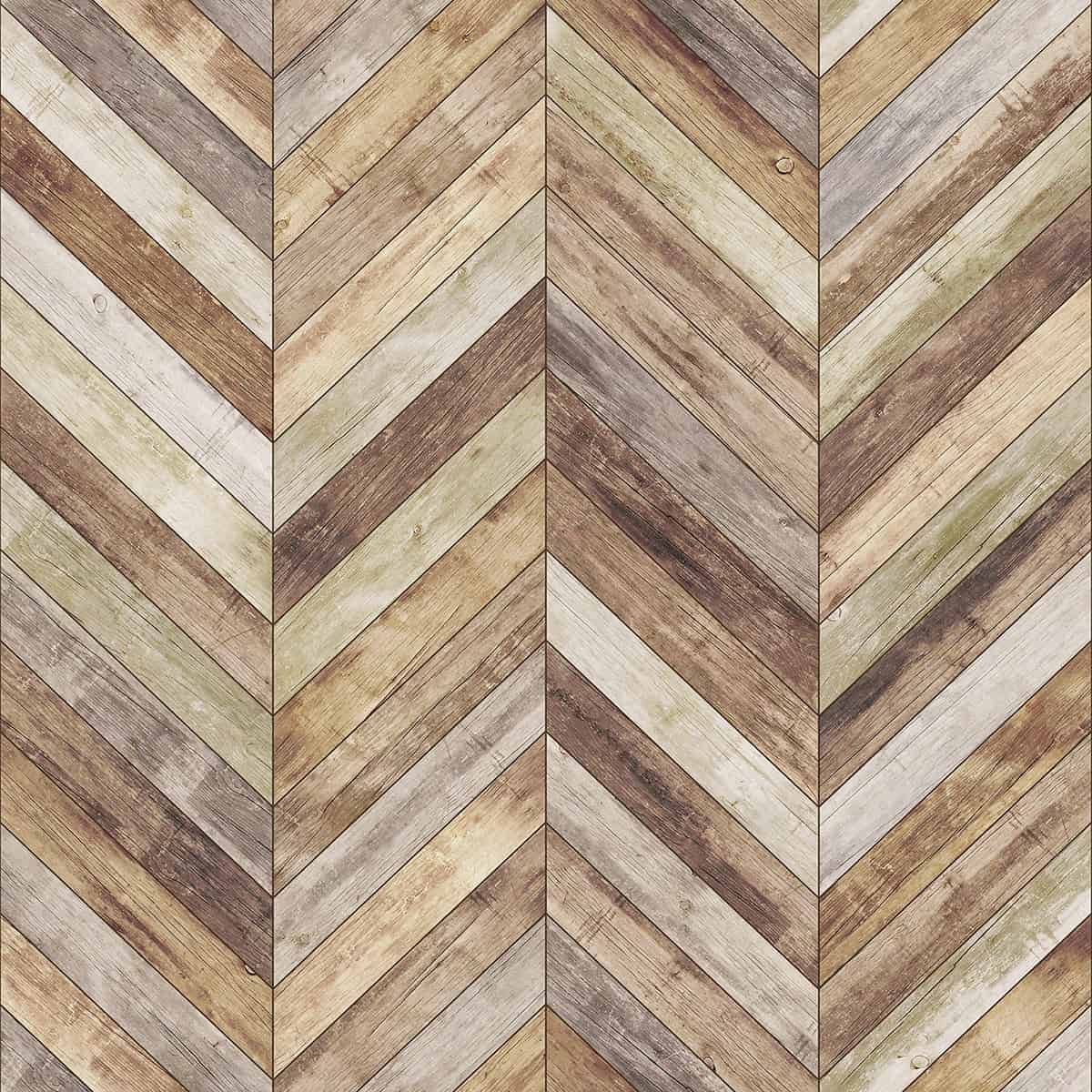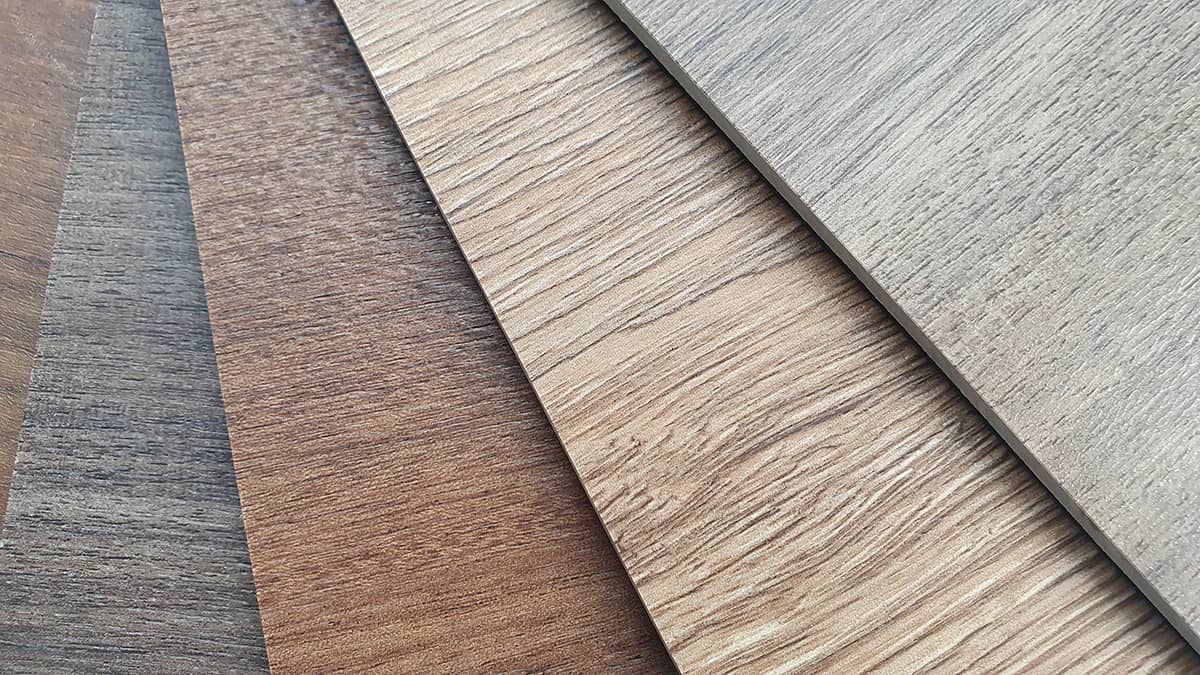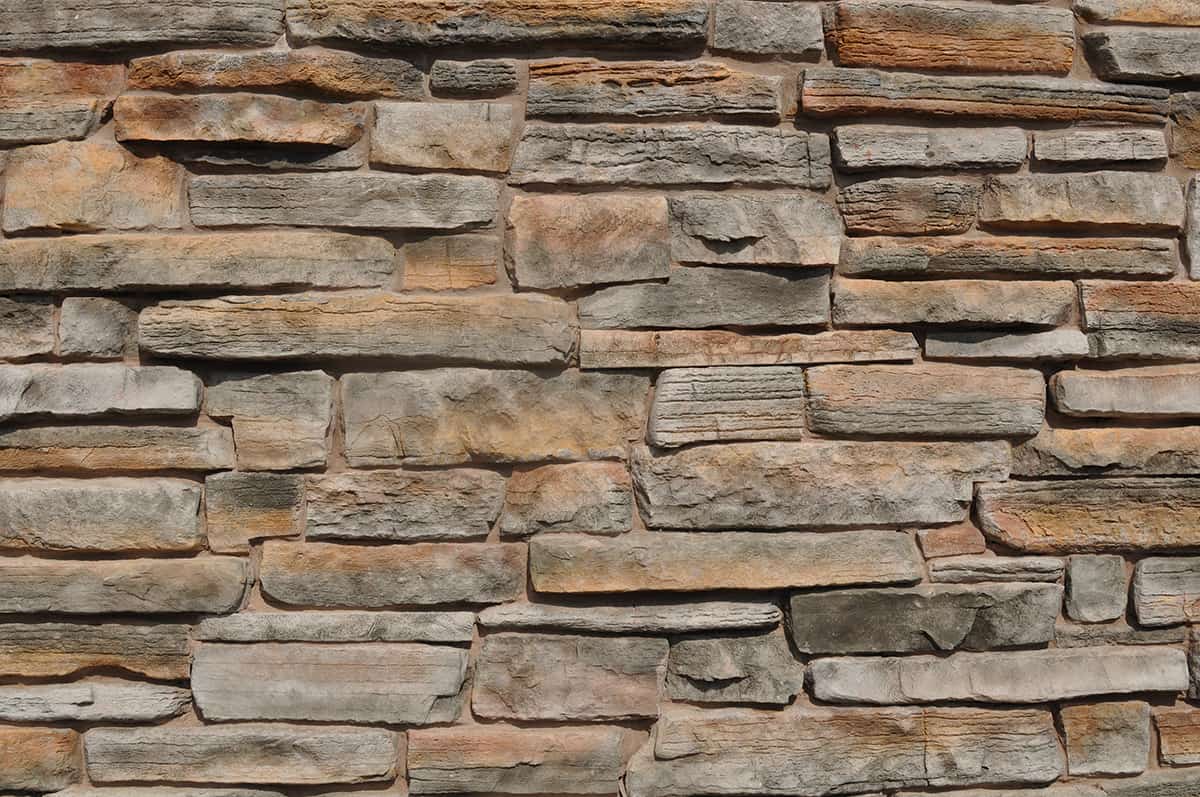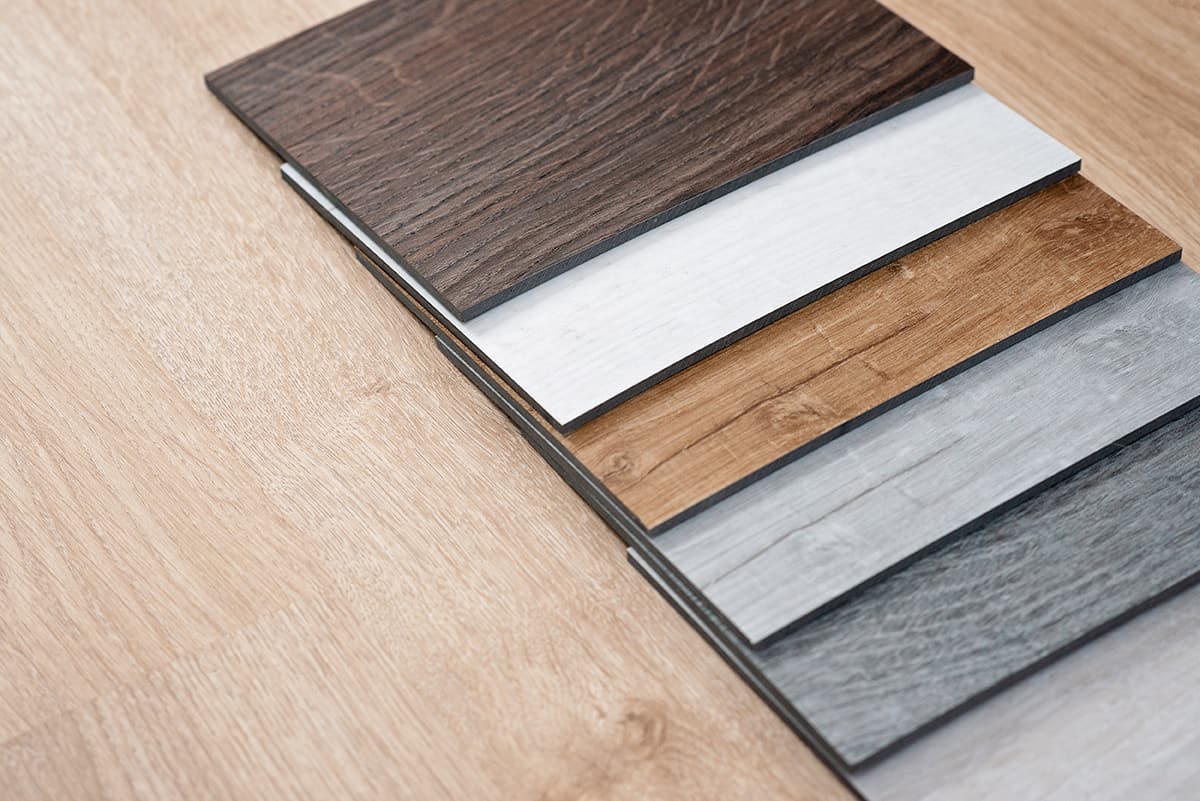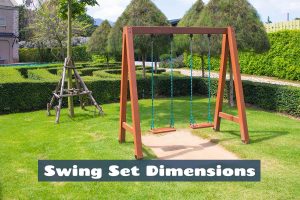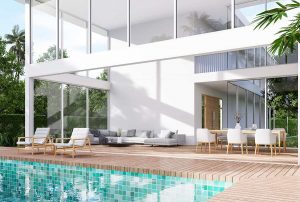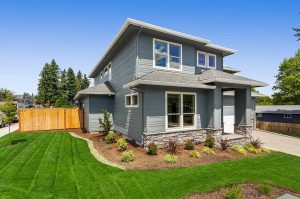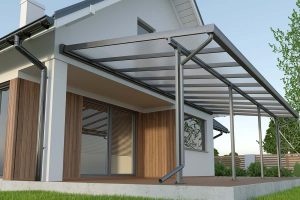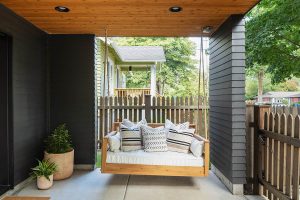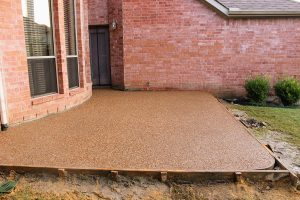A lot of houses have elevated decks so that they will be even with the rest of the structure. Unfortunately, this will leave space underneath the porch, which is not a great view. As a solution, a lot of homeowners do a porch skirt to cover the space.
The most common material used for skirting is lattice because it is inexpensive and easy to install. However, this material can be ordinary, and most homeowners find it bland. The good news is that there are other alternatives you can use. Most of these materials are more durable and stylish compared to a lattice. So, what are the different porch lattice alternatives?
Wooden Planks
Wood is one of the most common materials used for skirting decks or porches. Ideally, pre-pressurized wood, like plywood, is used to prevent rotting. Even so, you can also use non-pressurized wood if it is properly sealed and treated. Aside from that, you also have to install a screened vent to prevent the growth of molds.
A great advantage of using wood is that it is a versatile material. For instance, you can paint it with any color and shape it into various designs. Aside from that, wood is also available in pre-made slats, which is ideal for porch skirting.
For skirting your deck, you can use wooden planks in different ways, including the following:
Vertical Planks
Vertical planks are best for houses with low-to-the-ground decks. The reason is that they can make a short deck appear taller. Plus, it can add depth to your yard, especially if your hard has too much open space.
Vertical wooden planks can make your porch look clean and uniform. However, it is recommended that you weatherproof the wooden planks. Additionally, you also have to coordinate or match their color with your deck. For a more appealing view, you can also add lattice in between the boards.
Horizontal Planks
Another great way to use wooden planks to cover the space underneath your deck is to install the planks horizontally. Compared to vertical planks, horizontal planks create contrast, making your deck look like it naturally rises above the ground. Plus, it makes your house look more elongated.
You can install horizontal planks in different ways. For instance, you can install them with even spaced in between the planks. Another way is to layer them on top of one another, creating a look that resembles roofing shingles. When installing horizontal planks, you have to make sure that you use treated or weatherproofed planks. Additionally, their color should also match or complement the color of your porch.
Patterned Planks
A patterned plank is not a common porch lattice alternative. Still, you can opt for this design if you want your deck to look simple yet elegant.
To install patterned planks, you have to cut the plank into different geometric shapes and patterns, like circles and triangles. From there, you can install the patterned planks vertically or horizontally. Depending on your preferences, you can also install them with or without spaces in between the planks. The result is a beautiful porch with a touch of elegance.
Before installing the patterned planks, you have to make sure that they are treated so that they can withstand the elements. Additionally, you should also match the color of the plank to your deck for a cohesive look.
Composite Planks
Aside from wood, you can also use composite material for covering the space underneath your porch. This material is not only easy to install but durable as well. Best of all, it comes in a variety of textures and colors; thus, you’ll be able to pick one that will match your home’s exterior design.
Compared to wood, composite planks don’t sag or warp. However, they can be easily scratched or scuffed. Also, spills can stain the surface of this material. Even so, a lot of homeowners opt for composite planks because they don’t rot.
Like wooden planks, you can install composite planks vertically or horizontally with or without spaces in between. Also, you have to make sure that the color and texture of the composite plank you’re going to use will match your deck. If you have a modern house, it is recommended to opt for a smooth material that doesn’t have a prominent texture.
Bricks or Stones
Using bricks or stones to cover the space underneath your porch has several advantages. For instance, these materials are durable, and they can withstand the elements. Aside from that, they can also give your house a solid appearance. Best of all, bricks and stone come in several varieties and colors; thus, you’ll be able to pick one that will match your home’s exterior design.
Because bricks and stone lack ventilation gaps, you must include vents that are strategically placed on your deck. That way, you can ensure that there is proper airflow, which will prevent moisture problems underneath your deck. Additionally, installing brick or stones can be challenging, and you may need professional help. Nevertheless, this material is definitely one of the best porch lattice alternatives you can try if you want a stylish deck.
Faux Stone
If you’re searching for a porch lattice alternative that provides complete coverage, you can opt for faux stone. Like brick or stones, this material can withstand the elements. Plus, they also come in a variety of colors and textures to complement or match any house.
Compared to brick and stones, faux stone is not prone to peels or crack. Aside from that, this material is also light, making it cost-effective and easy to install. Best of all, faux stones require minimal maintenance. To be specific, it only needs periodic cleaning.
Because of its numerous advantages, most homeowners use faux stones to cover the space underneath their decks. With this material, you can make your house look solid and stylish without spending a lot.
Patterned Vinyl
Aside from those porch lattice alternatives, you can also use patterned vinyl for porch skirting. This material can deliver a clean and sleek look that can match your home’s exterior design, especially if you have vinyl sidings. Aside from that, it is also quite durable, and it can withstand weather damages.
One disadvantage of using patterned vinyl is that it can be hard to work with. Plus, if you’re going to use this material, it will need a separate venting system.
Metal
Another durable material you can use to cover the space between your porch and the ground is metal. You can opt for this material if you’re going for a sleek industrial aesthetic.
To cover the space under your deck, you can use metal sheets with ventilation holes. Another option you can choose is metal mesh, which offers better airflow and a traditional look. If you’re going to use metal, you have to make sure that you use a rust-resistant product, like galvanized metal or stainless steel.
Enclosing the Space
Finally, the last method you can do to cover the space under your deck is to cover it with a wall. By doing this method, you’ll turn the space into a room or storage area. However, enclosing the space is only applicable if the gap between your deck and the ground is high.
When enclosing the space underneath your deck, it is vital that you use a siding that matches or complements your home’s design for a natural and cohesive look.
Frequently Asked Questions
Why Should I Cover the Space Under My Porch?
One reason homeowners install a porch skirt is to cover the space under their porches. Remember, an empty space is quite unappealing; thus, you can make your porch look stylish by covering it. Aside from that, installing a porch skirt will also prevent animals from living under your deck. Finally, a porch skirt can conceal your belongings, especially if you’re going to use the space as a storage area.
What Can I Put Around the Porch?
For most homes, porch skirting is not enough to make the porch look cozy and inviting. If this is the case, you can plant some plants around your porch. Planting shrubs and flowers will not only add life to your deck but make it more appealing as well.
Conclusion
Covering the space under your porch is recommended to make your home look more appealing. As presented, there are numerous materials you can use for porch skirting. The most common material is a lattice. However, if you find this material as ordinary and bland, you can opt for other materials, like wood, bricks, stone, or faux stone.
The porch lattice alternative will surely add a touch of elegance and style to your porch. When picking a material, you should always consider the design of your house. As much as possible, your porch skirting should match or complement your home’s exterior design for a natural and cohesive look.
